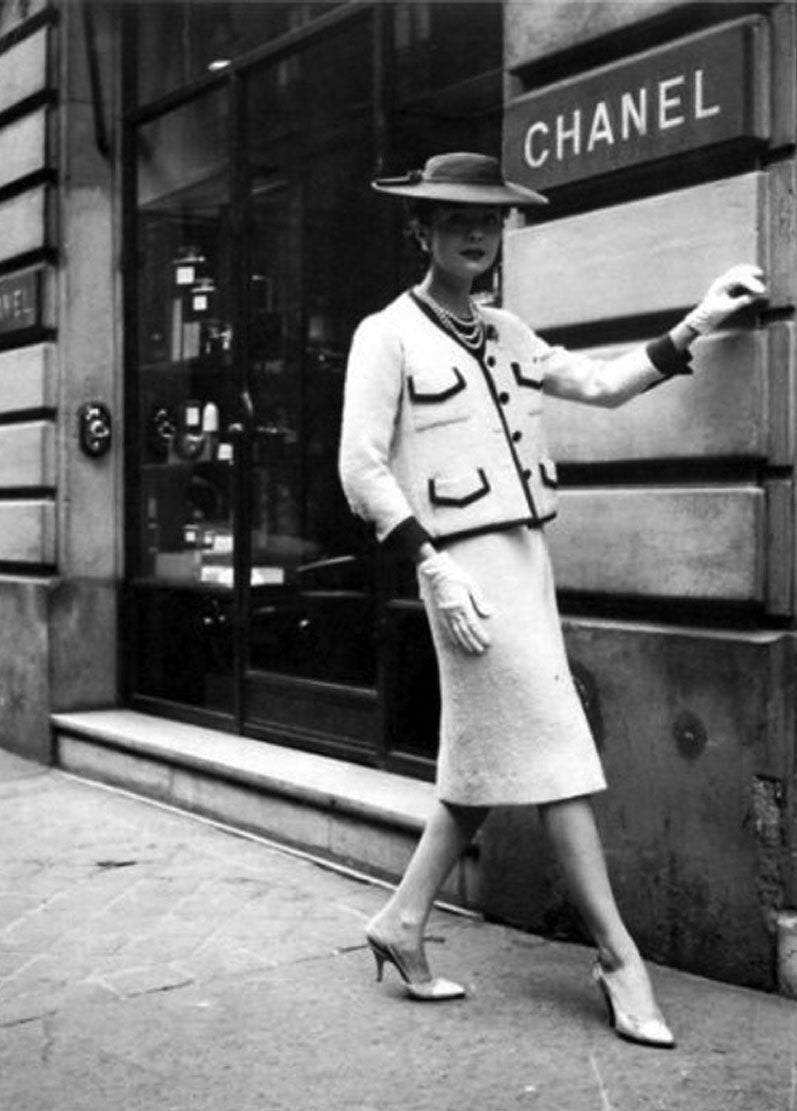
LIFE OF CHANEL
From modest beginnings to international acclaim as one of the most iconic and visionary fashion designers of all time, Coco Chanel’s rags-to-riches story is one of intrigue, power and steely determination. Renowned for her quilted handbag, androgynous suit, Chanel N°5 fragrance, and of course, the little black dress, Team LBD looks back at the astonishing life of this incredible woman whose timeless style has revolutionised women’s fashion to this day.

1895 CHANEL THE ORPHAN
Gabrielle was just 12 when she lost her mother and was then abandoned by her father. She ended up spending her teenage years with her two sisters at a Cistercian convent orphanage. Her time in this orthodox environment ironically sowed the seeds for a lifetime in fashion. Not only did she learn how to sew, but her strict upbringing in austere surroundings is thought to have influenced her future designs, resulting in the liberating style she became so well known for. The Rosary beads, crosses and chains would be the inspiration for her famous pearls and elegant jewellery to come, and the nuns’ habits were eventually transformed into her little black dress. Even Chanel’s trademark Cs are said to be inspired by the interlocking arches of the abbey’s stained-glass windows.
1901 COCO IS BORN
It wasn’t until Chanel turned 18 that the name she is most famous for came to be. Following her time at the convent she easily found work as a seamstress, fixing breeches for cavalry officers at a local tailor’s. Outgoing and charming, she befriended the officers and together they frequented a local pavillion, ‘La Rotonde’, in Moulins Park, attending decadent cabarets and concerts. Chanel soon secured a regular spot on stage, and though she only sang two songs, ‘Ko Ko Ri Ko’ and ‘Qui qu'a vu Coco’, she was a huge hit. The latter was her most popular, telling the tale of a lost dog, Coco. The nickname caught on and Gabrielle was soon going by her new stage name. Despite hoping to find success as a performer, Coco’s voice didn’t quite live up to her stage presence, and before long she had to turn back to fashion.
1906 HER TWO LOVERS
Coco’s stage years were a colourful time, with plenty of parties and lovers. Two affairs in particular would provide the springboard she needed into fashion. The first was with Étienne Balsan, a cavalry officer from a wealthy family, and soon they were living together, with Coco relishing his affection and gifts. However, Coco’s heart was soon captured by another man, Étienne’s friend ‘Boy’ Capel, with whom she began a passionate affair and eloped to Paris, leaving behind a heartbroken Balsan. In typical Coco fashion, she turned a difficult situation to her advantage, with both men eventually agreeing to fund her new business venture. Chanel’s empire had begun.

1909 CHANEL MODES
Chanel’s first foray into fashion was millinery. She rapidly made a name for herself with her contemporary designs, selling hats from her small Parisian boutique, Chanel Modes. She was also raising her nephew André Palasse after her sister passed away (although he was sent to be educated at an English boarding school). Chanel’s keen eye for simplistic elegance soon brought her recognition from the rich and famous, with trendsetting French actress Gabrielle Dorziat wearing her designs and causing a sensation amongst Paris’ elite. Her reputation grew and sales blossomed, and the ever-ambitious Chanel saw this as the perfect opportunity to grow her business; this time, into womenswear.

1910 THE HOUSE OF CHANEL
An innovative fabric and thrifty business prowess saw Coco’s fashion flourish. Jersey, a stretchy knit fabric, which was then most commonly used for men’s underwear, was adopted by Chanel for its elegant drape and comfortable feel, whilst its low cost was an added bonus. Against the standard decorative Edwardian wardrobe, the casual designs seen in Chanel’s boutique were new and exciting for a generation of women raised in restrictive corsets, and genuinely revolutionised the way women lived their lives. Chanel herself became the epitome of what women strove to be: independent, dynamic, slim and sporty. Her cropped hair and boyish figure became the ideal for young women, and her collection, featuring clean lines, simple silhouettes, and classic shades of black, white and beiges, were instant wardrobe staples.

1921 CHANEL N°5
By 1921, Coco had a series of successful boutiques in Paris, Deauville and Biarritz; she owned a villa in the south of France and drove a dashing blue Rolls Royce. It was while holidaying in the Cote d’Azur with one of her many lovers – this time, Russian Grand Duke Dmitri Pavlovich – that she met the sophisticated and well-read ‘nose’ Ernest Beaux, former perfumer to the Tsars. Together, they launched the world’s first ‘abstract’ scent (meaning it’s impossible to summarise in one note) that was named after the fifth sample Beaux presented to her, and which she knew would be timeless because “a number needs no translation”. Three decades later, Marilyn Monroe famously claimed that the only thing she wore to bed was, “five drops of Chanel N°5”, whilst almost a century on, Chanel N°5 is still the most iconic perfume of all time. Endorsed by a plethora of stars including Nicole Kidman, Catherine Deneuve and Gisele Bündchen, a bottle of Chanel N°5 is sold every 55 seconds.
1923 FRIENDS IN HIGH PLACES
Who would have thought the poor little girl from rural France would one day be mixing with Paris’s hoi polloi and British aristocracy? Her designs, loved by the rich and famous, combined with her vivacious attitude and steely determination to climb the social ladder, resulted in an intimate relationship with the Duke of Westminster and even a lifelong friendship with Britain’s future Prime Minister, Winston Churchill. He was very fond of her, saying later on: “I took great fancy to her, a most capable and agreeable woman”. It was their regular fishing trips to Scotland that influenced her tweed designs and even her preference for fabrics made at Scottish mills.

1926 THE LITTLE BLACK DRESS
In 1926, Coco Chanel recreated the little black dress as we know it today when she designed a simple, short black dress that was published in Vogue. Prior to the 1920s, black was strictly reserved for times of mourning. The fashion bible described the dress as “Chanel’s Ford” after the Model T, because like Henry Ford’s popular car of that time, Chanel’s LBD was accessible to women of all social classes. Vogue described it as “the frock that all the world will wear” and boy, were they right. The legacy of the LBD has undisputedly stood the test of time, remaining the singular most iconic fashion item that transcends age, size and occasion. Its versatility and figure-flattering qualities for women of all shapes and sizes means Chanel’s timeless little black dress remains the most dependable, go-to item in any women’s wardrobe to this day.
1930 COCO’S GREAT FASHION RIVALRY
Chanel wasn’t the only woman making waves with her designs during the 30s. A rivalry began to develop between Chanel and Italian designer, Elsa Schiaparelli, whose style varied greatly to her own. While Coco was besotted with the classics, Elsa’s passion was for individuality and expression of personality. What ensued was one of the greatest fashion rivalries of all time as both women fought for the affections of fashionistas worldwide. As Coco launched her Chanel suit, Elsa introduced her green chameleon gloves with gold ruffles sprouting from the fingers, and smart black suit jackets with red lips for pockets. Chanel dismissed her rival as “that Italian artist who makes clothes”. Whilst to Schiaparelli, Chanel was simply “that milliner”. It was an unsettling time for the queen of haute couture. However, in 1954 the House of Schiaparelli shut down, whilst Chanel’s iconic and timeless styles endured.

1931 CHANEL GOES TO HOLLYWOOD
Ever the socialite, Coco befriended Hollywood producer Samuel Goldwyn who offered her one million dollars (equivalent to around £60 million today) to travel to Hollywood twice a year and design costumes for MGM stars. Never one to miss an opportunity, Chanel went on to design some classic silver-screen dresses, including Gloria Swanson’s crystal-embellished dress in the 1931 film Tonight or Never, and Ina Claire’s sleek silk and lace wedding gown in The Greeks Had A Word For Them. Despite her success (Greta Garbo and Marlene Dietrich were both private clients), Chanel’s penchant for the elegant and understated meant she never really understood Hollywood and decided to leave, declaring it “vulgar and infantile” and “the capital of bad taste”.
1937 RESIDING AT THE RITZ
Back in her beloved Paris, Chanel moved into The Ritz hotel, where she could easily slip out via the back door to her flagship Chanel store and studio, situated across the street. She furnished the third-floor, 155m2 suite with her own beige suede settee, quilted cushions, fresh flowers and a folding screen made from lacquered Coromandel. Her quarters overlooked the grand Place Vendôme, one of her great sources of inspiration. It’s said that the cap of her first perfume Chanel N°5 recalls the beautiful square’s geometry and proportions. Today, the Ritz suite in which Coco ended up residing for more than 30 years until her death in 1971, has been preserved in her style, and you can book the ‘Mademoiselle Coco’ suite for £7,000 a night.
1939 WORLD WAR II
When France fell to Nazi Germany, Chanel shut up shop, as in her own words, “war is no time for fashion”. She took a new lover in the form of Baron Hans Gunther von Dincklage, a senior officer in the German Military Intelligence, and during this time she became entangled with the German authorities, even running a mission to Madrid for them. As a collaborator, she was the only French occupant allowed to keep her apartment at the Ritz.

1954 CHANEL V CHRISTIAN DIOR
After 15 years of retirement, from the beginning of World War II, Chanel was eventually compelled to return to work following a new burst of male fashion designers on the scene, Christian Dior and Cristóbal Balenciaga among them. A horrified Chanel worried they were ill-equipped to design comfortable clothing for women, and was spurred into action by what she called their “illogical designs”, which included waist cinchers, padded bras, heavy skirts and stiffened jackets. So, despite being over seventy years of age, Chanel decided to return to the world of fashion.

1955 THE CHANEL BAG
Throughout her life, Coco always strived to design pieces that freed women from convention, both in style and in life, and the bag that she launched in 1955 was no exception. Featuring a hand-stitched quilted leather exterior and a burgundy interior lining, the revolutionary feature of the original 2.55 Chanel bag was its lengthy gold chain, which allowed women to wear it over the shoulder, freeing their two hands. The classic bag has remained one of the most popular Chanel products of all time; seen over the shoulders of the most stylish women in the world, including Audrey Hepburn in Breakfast at Tiffany’s, Princess Diana and Alexa Chung. It was subtly redesigned in the 1980s by Karl Lagerfeld to include the interlocking House of Chanel CC logo on the twist lock.
1971 THE FINAL CHAPTER
Chanel passed away in her Ritz suite on 10 January 1971, while putting the finishing touches on her latest collection. Her funeral stopped traffic as hundreds of mourners turned out, including Yves St Laurent, Paco Rabanne and many of the leading figures in fashion of that time. Her last collection, released two weeks after her funeral, was the epitome of her elegant signature style. Not surprisingly, the ivory tweed suits and pure white evening dresses were met with a standing ovation. Although Coco’s time had passed, her revolutionary style and presence lives on. Today, Coco’s portrait watches over current creative director Karl Lagerfeld as he sits at his desk in the Chanel design studio. Her apartment on the second floor remains preserved, while her suite in the Ritz has been named in her honour. Most importantly though, her legacy lives on through women’s wardrobes around the world, thanks to her pioneering creations that have genuinely helped liberate women and influence fashion, to this very day.
Chanel's pioneering idea inspired us to create 'Little Black Dress', a place where you'll always find something new, unexpected and fabulous no matter what the occasion- we hope you do!
THE END


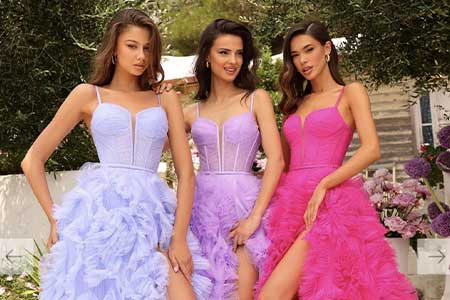
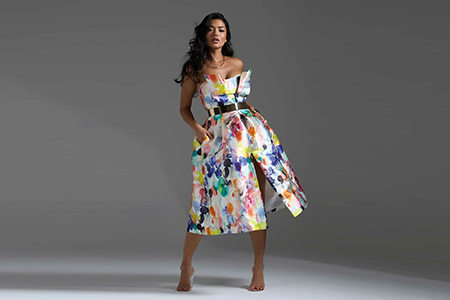
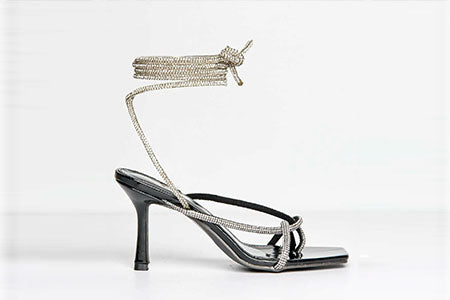
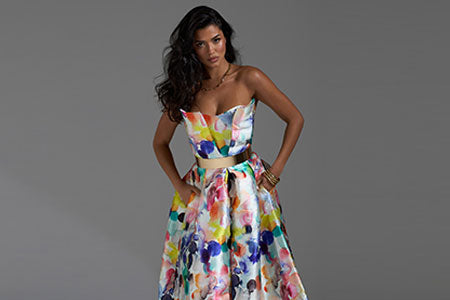
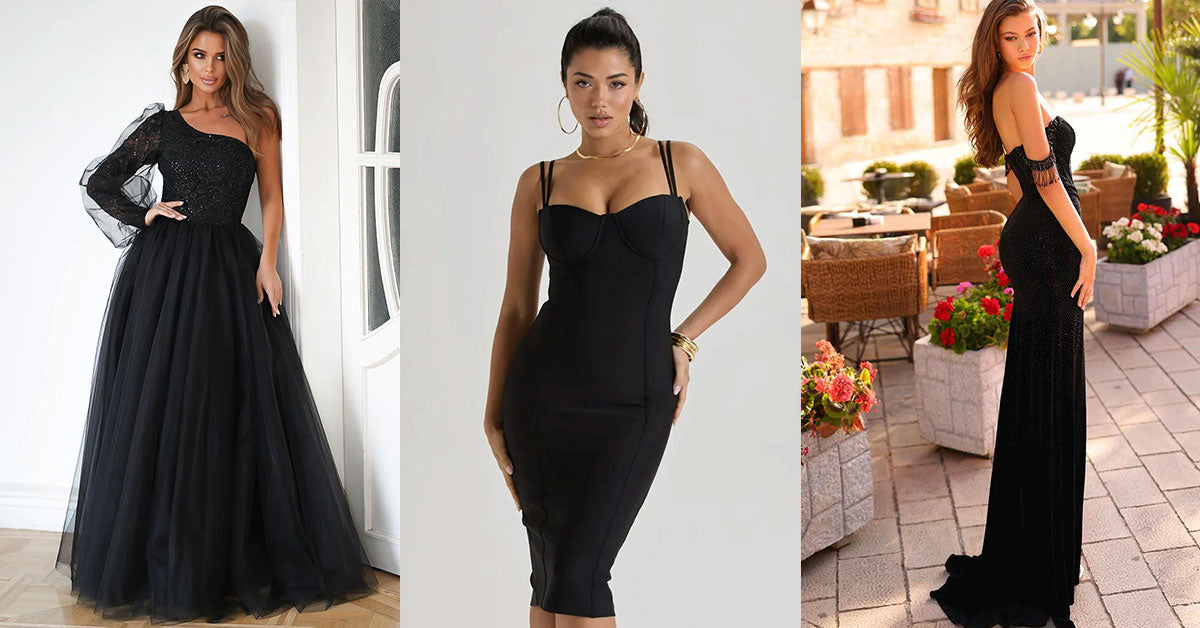
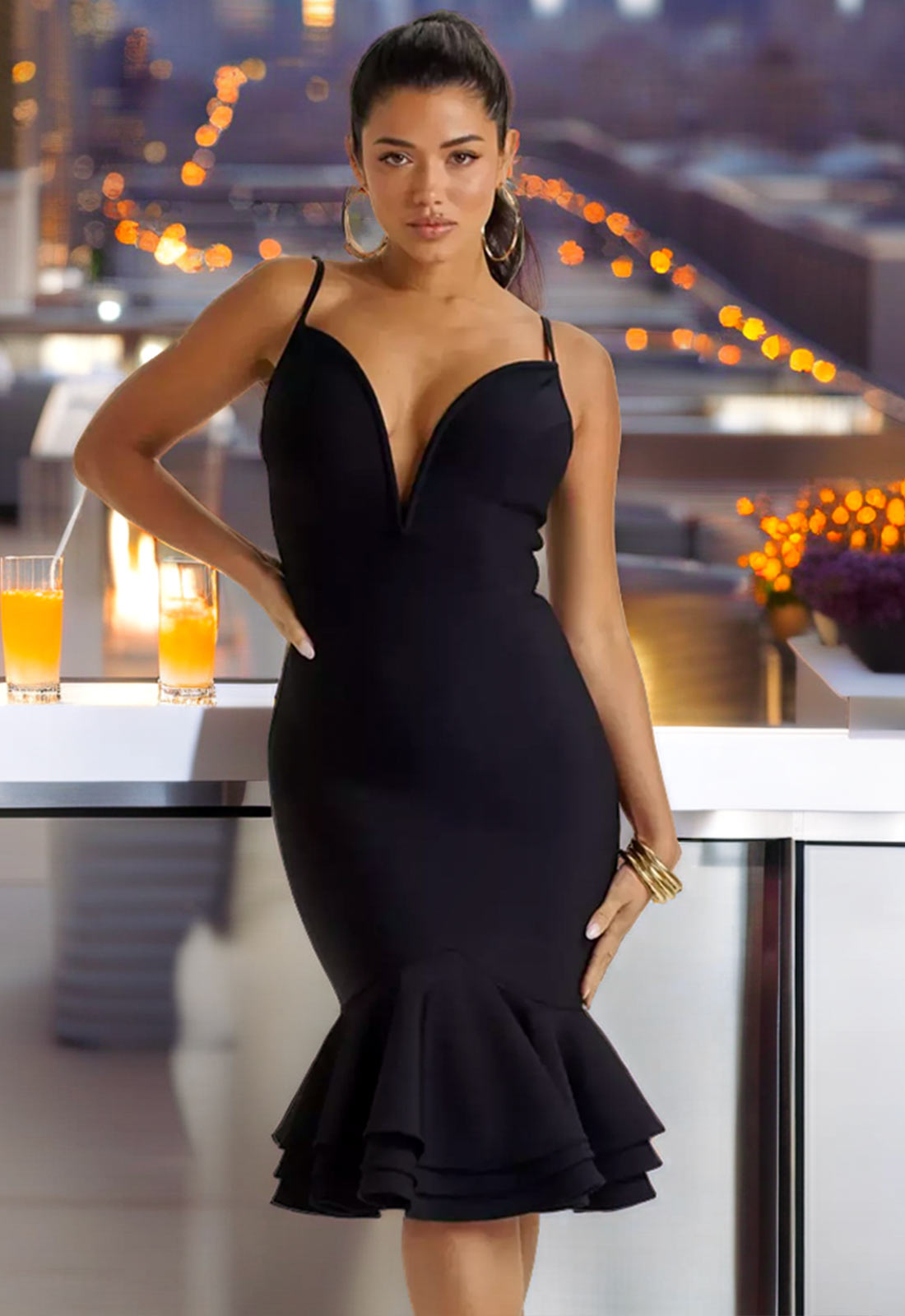
Leave a comment
This site is protected by hCaptcha and the hCaptcha Privacy Policy and Terms of Service apply.